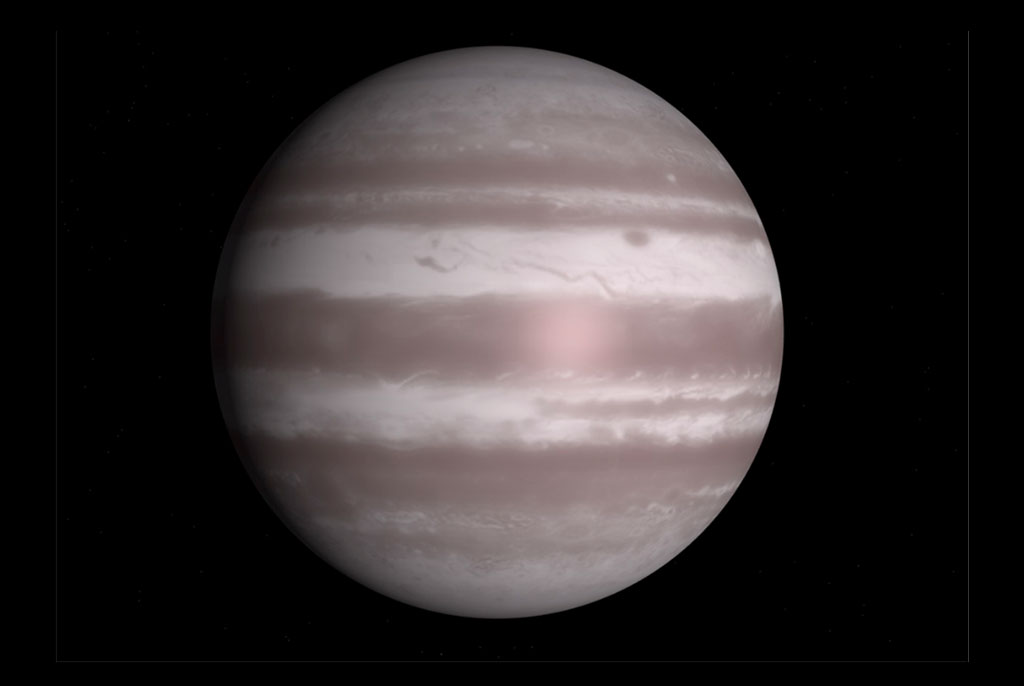The International Astronomical Union (IAU) has invited South Africans to vote on the new name for an exoplanet. Exoplanets are planets which exist outside of our Solar System.
The planet was discovered in 2012 using the SuperWASP (Wide Angle Search for Planets) telescope at the South African Astronomical Observatory’s Sutherland site and is more than 570 light-years away from us. Known as WASP-62b at the moment, this exoplanet is about 1,000 times the size of Earth and is similar in composition to Jupiter.

WASP-62 b (screenshot)
South African’s have been invited to choose a name for both the planet and the star from four shortlisted names in the IAU’s their ‘Name an Exoplanet‘ initiative.
‘This is your chance to name a whole world.’
The four options are:
- Krotoa (planet) and Naledi (star)
- Sceletium (planet) and Buchu (star)
- Ingoma (planet) and Ubunye (star)
- Gannaga (planet) and Roggeveld (star)
Of the suggested names, two are indigenous plants found in the Sutherland region (Sceletium and Buch), ‘The theme chosen is fynbos of South Africa, as they are almost as numerous as the stars and as beautiful – a reflection of above, so to speak,’ says the motivation. ‘Our fynbos is unique and diverse with broad applications – much like the South African people.’
Two of the names, Roggeveld and Gannanga link to the Roggeveld Mountian Range near Sutherland. Gannaga is a pass in the Roggeveld mountains.
Ingoma is the motto on South Africa’s coat of arms and means ‘diverse people unite’, while Ubunye means unity in Zulu.
Krotoa is considered a ‘Mother of Africa’, while Naledi means star in Sesotho.
The deadline for voting is 14 November 2019. Cast your vote here.
You may also like
Related Posts
China’s National Health Commission has published a list of controversial coronavirus treatments that have animal...
read more
Warmer sea temperatures in the summer months, especially in February, were recorded and are believed...
read more
The latest report indexing the world's happiest countries has highlighted the important role of...
read more